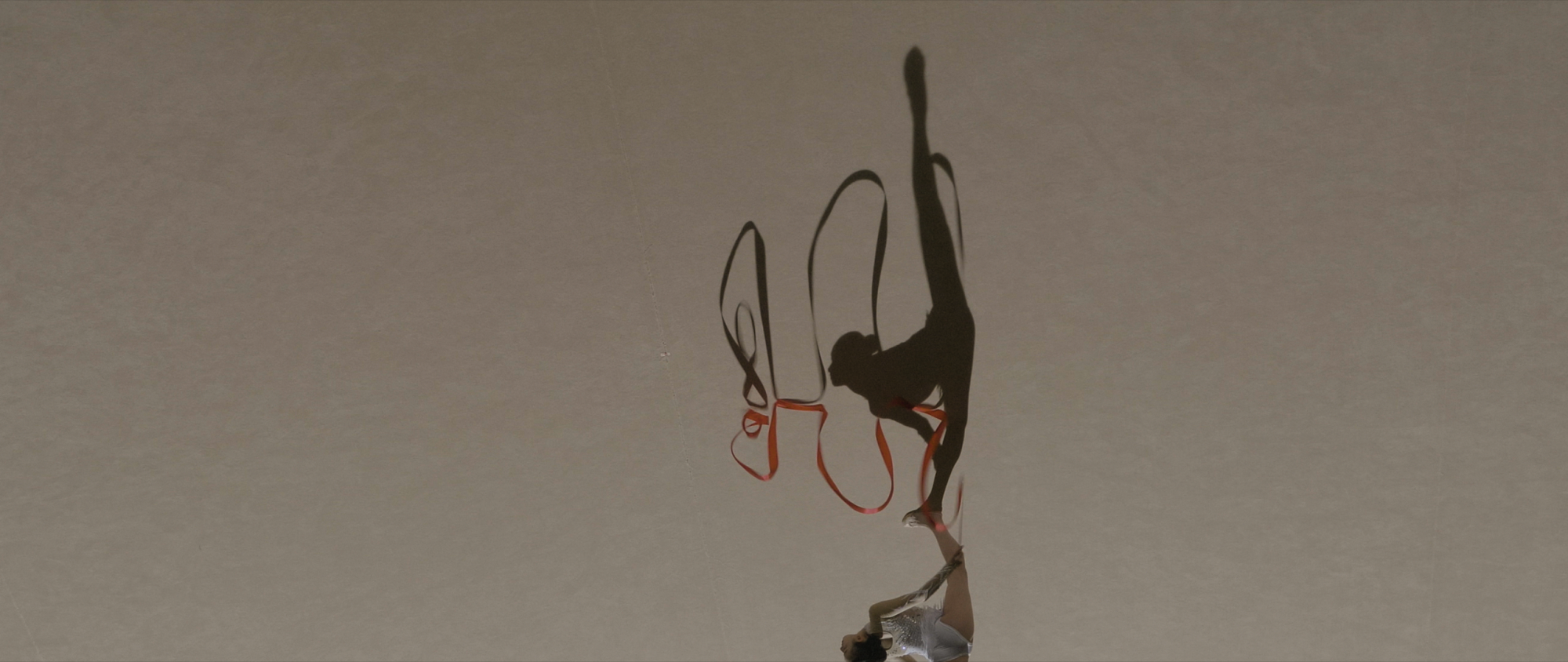23rd Entertainment Division Grand Prize
Shadows as Athletes
Video work
SATO Masahiko / SATO Masashi / ISHIKAWA Masaya / KAIZUKA Tomoko [Japan]
Outline
One of the video productions created as welcome visuals displayed at the Japan Olympic Museum. It centers on shadows of around 10 different sports athletes, including those of fencing and rhythmic gymnastics. The figures are shot either from up above or else upside down, and they move as soft piano music plays in the background. As the athletes’ bodies are shot from unnatural angles and are often cut out from the screen, viewers are inevitably forced to watch while focusing on their shadows. They cannot glean any personal information on the athletes from these shadows, such as their names, physical features, nationality or age, nor can they see any facial expressions or detailed muscle movements. At some moments, the form of the shadow itself gets distorted, preventing viewers from being able to decipher any movements or postures of the athletes at all. This video, by showing only a limited amount of information and forcing viewers to try to comprehend by filling in missing information themselves, successfully brings across the athletes’ intense drive and single-minded efforts. In addition to the mechanism by which viewers watch while activating their own imagination, the non-verbal nature of this video, containing no narration, renders its image universal.
Cooparation : Japan Olympic Museum
Reason for Award
Today, in a time when the concept of “media” keeps transforming at a dizzying pace, anyone can manage computers and apps, and possibly even high-level editing or production. Are we to continue using these tools, or will we end up being used by them? I feel we have arrived at the decision point. In this day and age, we should perhaps be proposing and endorsing new “perspectives” and “possibilities,” especially in the field of entertainment. This video contains extensive insight into perspectives essential to today’s media. I feel it makes us aware of a certain purity that seems to have gone missing in media expression, such as timeless beauty that endures regardless of the era, or questions and enigmas that are presented to viewers by means of media. Technology is not magic; it is a tool that we should use to determine what level of imagination we are to embody. How are we to change and evolve while remaining a form of entertainment that is familiar to consumers? I believe that we should use this video as a springboard to once again consider these questions. (SAITO Seiichi)



